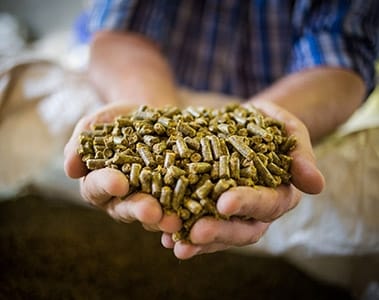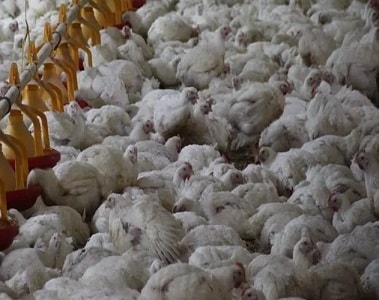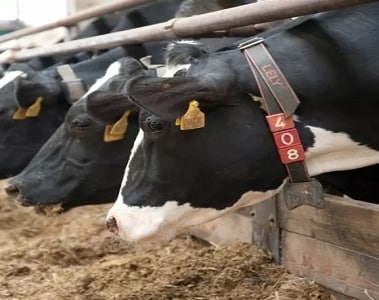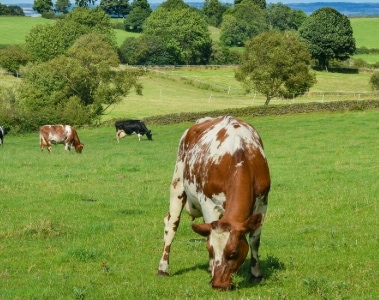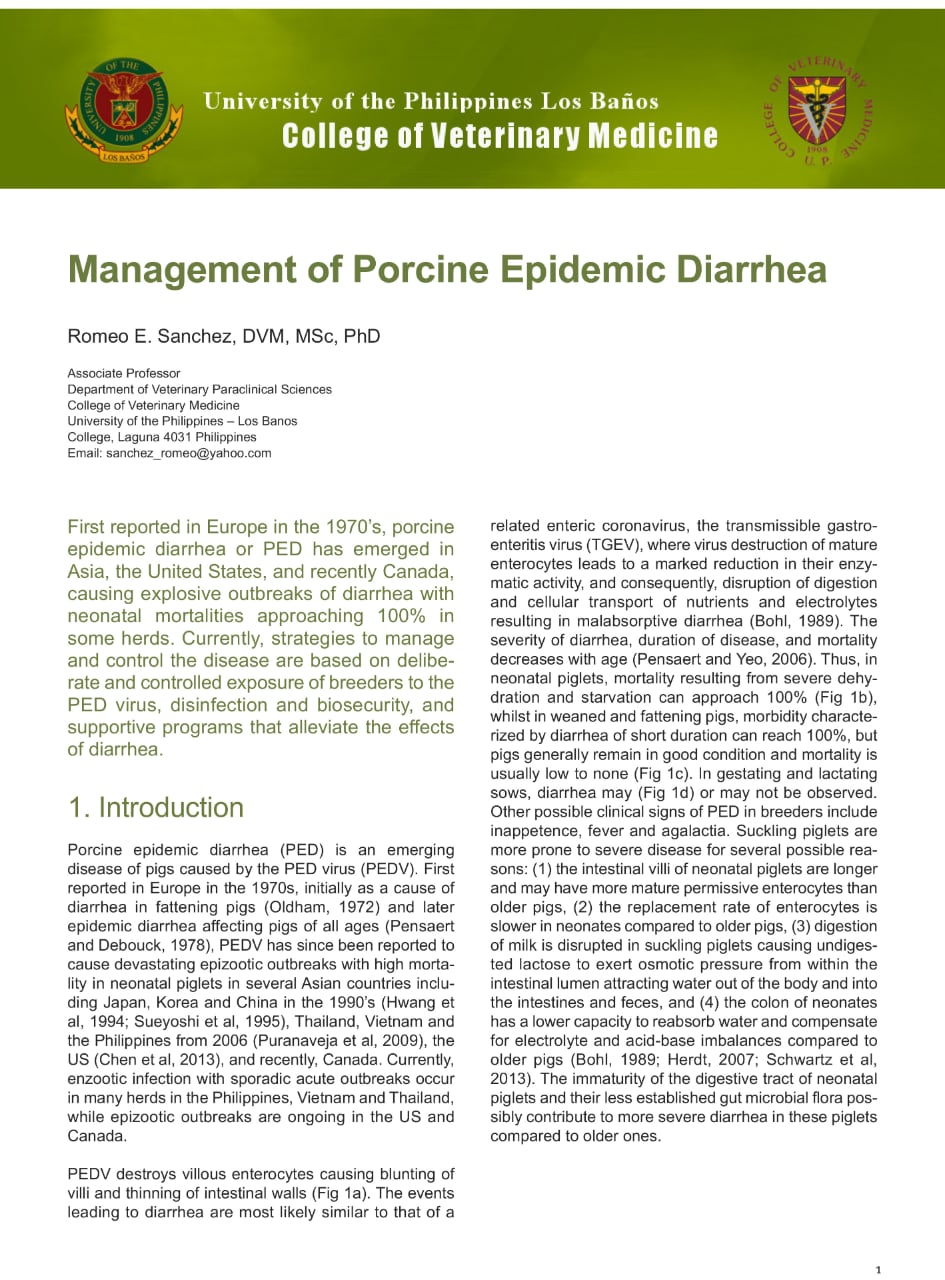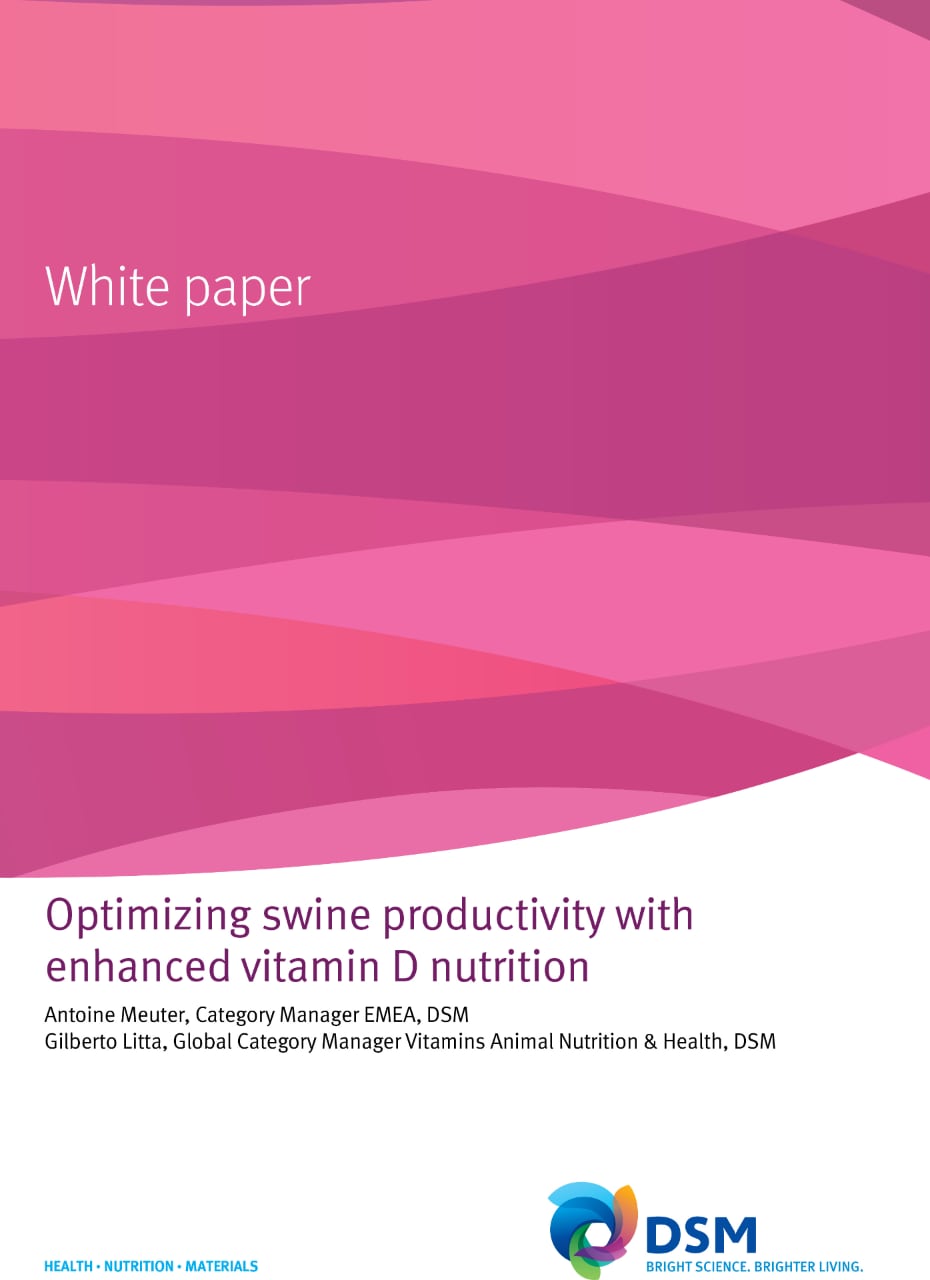Improving hoof health is a priority for us. Lameness causes cows to suffer. They make fewer visits to the feed trough, eat less, and are less productive. Farm incomes consequently suffer too. Lameness is also a major reason why cows are culled too early in life.
Certain vitamins are essential for hoof strength. Feeding the nutritional vitamin supplement ROVIMIX® Biotin has been proven to reduce the incidence of many hoof disorders, including white line disease, sole ulcers and sand cracks. ROVIMIX® Biotin strengthens the hoof horn. This results in greater hoof hardness, which directly reduces lameness and the suffering that lameness brings with it.
ROVIMIX® Biotin can be used as an individual additive or as part of our extensively researched and proven Optimum Vitamin Nutrition (OVN™) feed additive strategy. Feeding a blend of vitamins can deliver significant benefits. ROVIMIX® Biotin can be combined with ROVIMIX® E50 (Vitamin E) and ROVIMIX® ß-Carotene, for example, in a blend tailored to meet your specific requirements.
